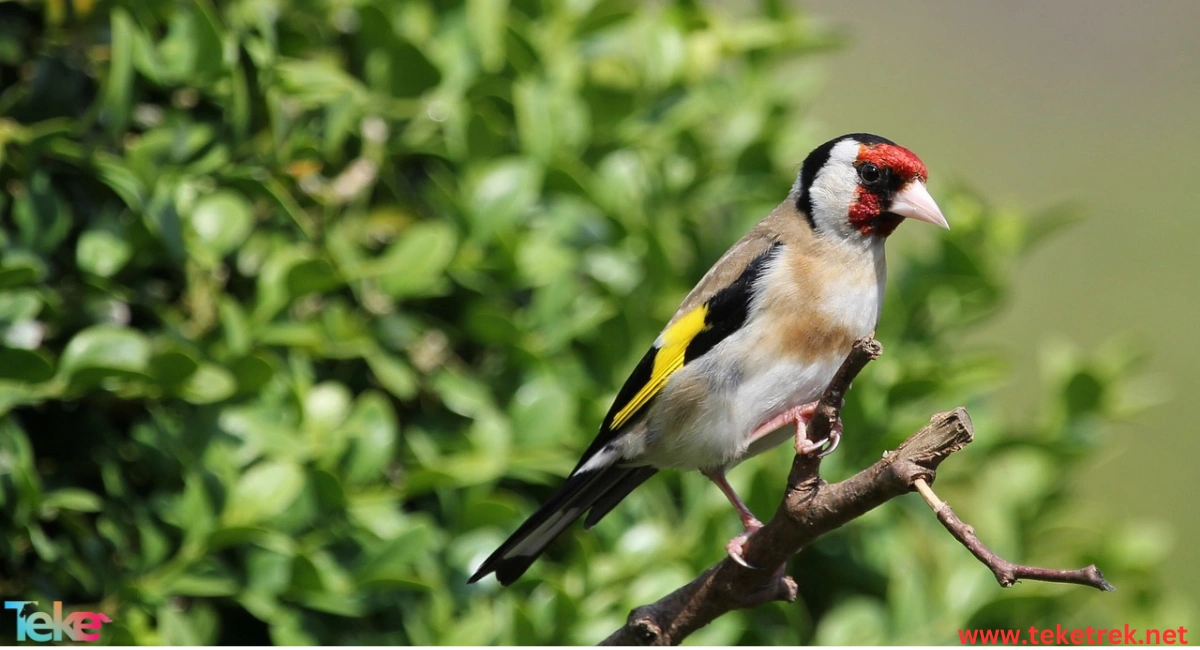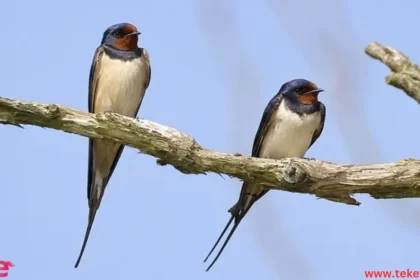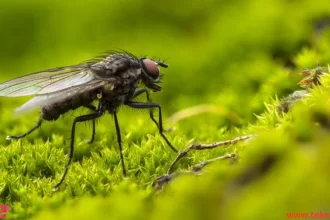طائر الحسون الأوراسي أو الحسون الأوروبي هو أحد أنواع الطيور الجميلة التي تستوطن في أوروبا وشمال أفريقيا. يتميز طائر الحسون الأوراسي بشكله الجميل وصوته المميز، ولذلك يرغب الكثير من الناس باقتنائه وتربيته.
يمكن ملاحظة وجود طائر الحسون الأوراسي في إنكلترا بشكل خاص، حيث تتوفر الموائل المناسبة ليعيش.
ينتمي طائر الحسون الأوراسي إلى شعبة الحبليات، من طائفة الطيور.
تعرف على المزيد من الحقائق المميزة حول طائر الحسون الأوراسي من خلال هذا المقال من teketrek.
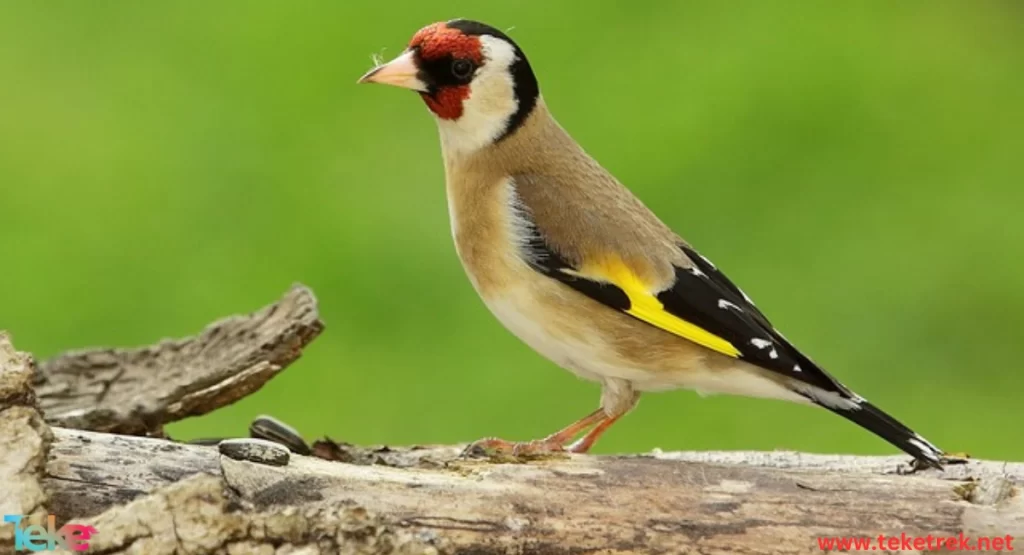
وصف طائر الحسون
يمتلك طائر الحسون الأوراسي علامات حمراء زاهية على الوجه حول منقاره.
يتميز طائر الحسون الأوراسي بلون أسود حول العينين، أما باقي الوجه فهو ملون بالأبيض والأسود.
يمتلك طائر الحسون الأوراسي ظهر وأجنحة ذات لون بني مصفر، وله ذيل أسود وأجنحة سوداء محاطة بخط أصفر عريض.
خلال موسم التكاثر، يصبح منقار ذكور وإناث الحسون بيضاء اللون، ولكن في أوقات أخرى من العام يتم تمييزها بطرف أسود.
طيور الأوراسي صغيرة الحجم يتراةح طولها بين 12 حتى 14 سم، ووزنها 17 غ، في حين يبلغ طول أجنحتها 24 سم.
النظام الغذائي المفضل للحسون الأوراسي
تشكل البذور الجزء الأكبر من النظام الغذائي للحسون الأوراسي، ومع ذلك فهو يأكل بعض الحشرات في فصل الربيع عندما يصعب الحصول على البذور.
في الحدائق تتغذى طيور الحسون الأوراسي بشكل خاص على بذور النيجر السوداء، وبعض بذور قلوب عباد الشمس.
تشكل الحشرات بما في ذلك العث والخنافس والذباب والعناكب جزءاً أصغر من النظام الغذائي لهذه الطيور خاصةً في أوائل الربيع وفي موسم التكاثر.
في العش تتغذى الفراخ على يرقات الحشرات، التي يتم إحضارها من قبل والديهم. وعندما تكبر وتترك العش تتعلم بسرعة كيفية التقاط البذور وتناولها.
أماكن تواجد طائر الحسون الأوراسي
تم العثور على الحسون الأوراسي في جميع أنحاء أوروبا وشمال إفريقيا وآسيا الغربية والوسطى.
يتواجد طائر الحسون الأوراسي أيضاً في أستراليا بما في ذلك تسمانيا ونيوزيلندا. أما في المملكة المتحدة فهي حاضرة في جميع أنحاء البلاد، إلا في المناطق الشمالية القصوى من المرتفعات في اسكتلندا.
تشمل الموائل التي تفضلها طيور الحسون الأوراسي على الغابات المفتوحة والحدائق والأراضي العشبية، وكذلك الأراضي الزراعية والبساتين.
تحب طيور الحسون الأوراسي زيارة الحدائق والمناطق السكنية، حيث تتواجد الأشجار المبعثرة.
وتفضل المرتفعات المنخفضة في المناطق الجبلية.
تهاجر العديد من طيور الحسون الأوراسي التي تعيش في المناطق الشمالية جنوباً في أشهر الشتاء، في حين أن تلك الموجودة في الجزء الغربي من النطاق عادة ما تظل مقيمة فيها على مدار السنة.
ما هو حجم انتشار الحسون الأوراسي
تعد طيور الحسون الأوراسي اليوم أكثر شيوعاً مما كانت عليه قبل 20 إلى 30 عام. وتقدر أعدادها بحوالي 150 مليون طير، منها 2 مليون في المملكة المتحدة.
تنتشر طيور الحسون الأوراسي في جميع مواطنها، وتصبح مفقودة فقط في المرتفعات الجبلية.
تعد الغابات المفتوحة والحدائق والأراضي الزراعية من بين موائلها النموذجية.
كم من الوقت تعيش طيور الحسون الأوراسي
العمر المعتاد للحسون الأوراسي في البرية هو حوالي عامين، ولكن عندما تم الاحتفاظ بالأنواع في الأسر تم تسجيل الحد الأقصى لعمر 8 سنوات و 8 أشهر.
تشير الأرقام السكانية الحالية إلى أن هذا النوع قد تضاعف في العدد منذ سبعينيات القرن الماضي، ويرجع ذلك جزئياً إلى توفر الأطعمة التجارية الأوسع مثل بذور النيجر، التي يتم تقديمها في المزيد من الحدائق.
مراحل التكاثر عند طيور الحسون الأوراسي
عادةً ما تقوم طيور الحسون الأوراسي ببناء أعشاشها بين فروع الأشجار خاصةً أشجار الفاكهة على اتفاع 6 أمتار عن الأرض.
تشكل أنثى طائر الحسون الأوراسي بمفردها عشاً مضغوطاً على شكل كوب، باستخدام الأعشاب والطحالب وخيوط العنكبوت والريش وكذلك الزهور والبراعم.
قد يساعد بعض الذكور في إحضار مواد العش، لكن الصياغة هي العمل الوحيد للإناث.
يتلون بيض الحسون الأوراسي من اللون الأزرق الشاحب للأبيض إلى الرمادي المرقط مع علامات بنية اللون.
تضع الأنثى ما بين 4 إلى 6 بيضات، والتي يتم تحضينها لمدة 13 إلى 15 يوم من قبل الأنثى وحدها.
على الرغم من مظهرها الساحر، فإن طيور الحسون تميل إلى أن تصبح عدوانية تجاه أنواع الطيور الأصغر والأكبر الأخرى، وخاصة تلك التي تحاول الوصول إلى نفس مصدر الغذاء.
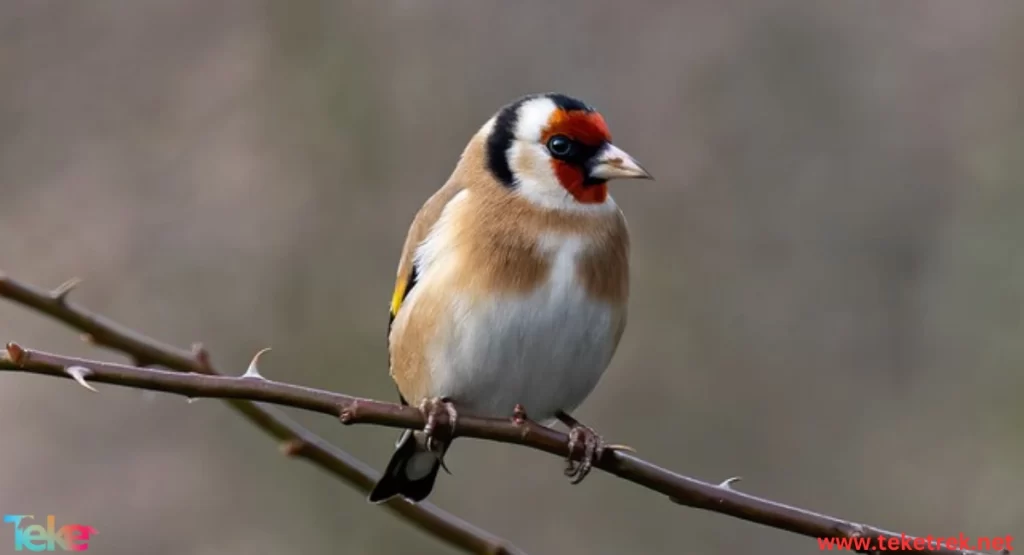
أهم الأسئلة الشائعه عن طائر الحسون الأوراسي
ما هي الحيوانات المفترسة لطائر الحسون الأوراسي؟
القطط المنزلية هي الحيوانات المفترسة لطائر الحسون الأوراسي.
ما هو متوسط عمر الحسون الأوراسي؟
في البرية متوسط عمر الحسون الاوراسي هو سنتين
كم عدد انواع طائر الحسون؟
أربعة أنواع من الحسُّونيَّات؛ الحسُّون الأوراسي، مُصَّلب المنقار المألوف، النعَّار الأحمر، الحسُّون الأمريكي، والحسُّون الأخضر الأوروبي.
كيف اجعل طائر الحسون يغني؟
يمكن تحفيز طائر الحسون على التغريد من خلال تشغيل أسطوانات خاصة بأصوات الطيور الأخرى أمامه، فهذه الأصوات لن تكون غريبة عنه، وحتمًا سيجد نفسه متفاعلًا معها خلال وقت قصير
ما هو صوت طائر الحسون؟
يسمى صوت طائر الحسون تغريد أو زقزقة.
ختاماً، عادة ما يتم الاحتفاظ بطيور الحسون الأوراسي وتربيتها في الأسر حول العالم، بسبب مظهرها المميز وصوتها. في حال تم الاحتفاظ بطيور الحسون الأوروبية مع طيور الكناري المحلية، فإنها تميل إلى فقدان أغنيتها الأصلية وتفضل أغاني رفاقها في القفص. وهذا يعتبر غير مرغوب فيه لأنه ينتقص من جاذبية الحسون الأوراسي.
نأمل أن نكون قد قدمنا لكم معلومات مهمة ومثيرة حول طائر الحسون الأوراسي والتي استمتعتم بها.
المصادر
ويكيبيديا

